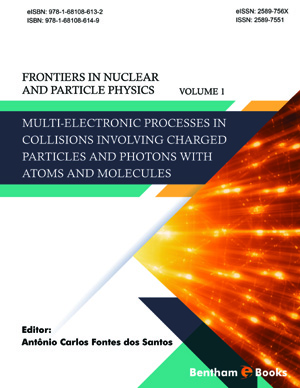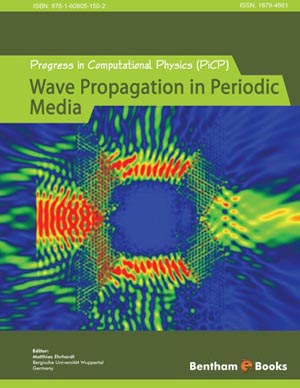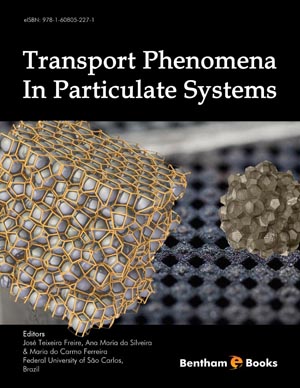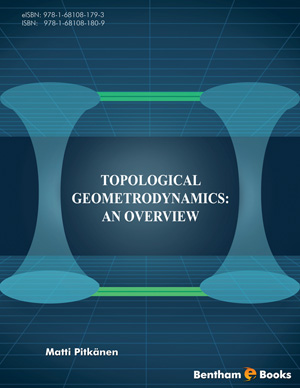Abstract
The subject known as string theory by now has a forty-year long history, during which it has evolved into a collection of various active sub-fields in physics and mathematics. With a literature of several tens of thousands of papers, many using highly abstract and specialized mathematical techniques, the degree of complexity involved is hard to over-emphasize. This situation makes it very difficult to evaluate the state of the field and reach conclusions about which ideas have worked out and which haven't. This article will focus on one particular aspect of string theory, the hope that it might provide a unified theory including both general relativity and the Standard Model. The argument will be made that while this is what initially led to the explosion of interest in string theory back in 1984, by now there are solid reasons to believe that attempts to get unification along these lines are doomed to failure. For a more extensive version of the discussion here (with much more in the way of references), see the author's 2006 semi-popular book [1]. In recent years, one segment of the string theory community has reacted to the problems with string theory and unification by conjecturing the existence of a string theory landscape, the existence of which would make it impossible to get testable predictions out of string theory. This move away from the standard scientific method, motivated by an unwillingness to give up long-cherished hopes, holds significant dangers for theoretical physics should it become conventional wisdom.













